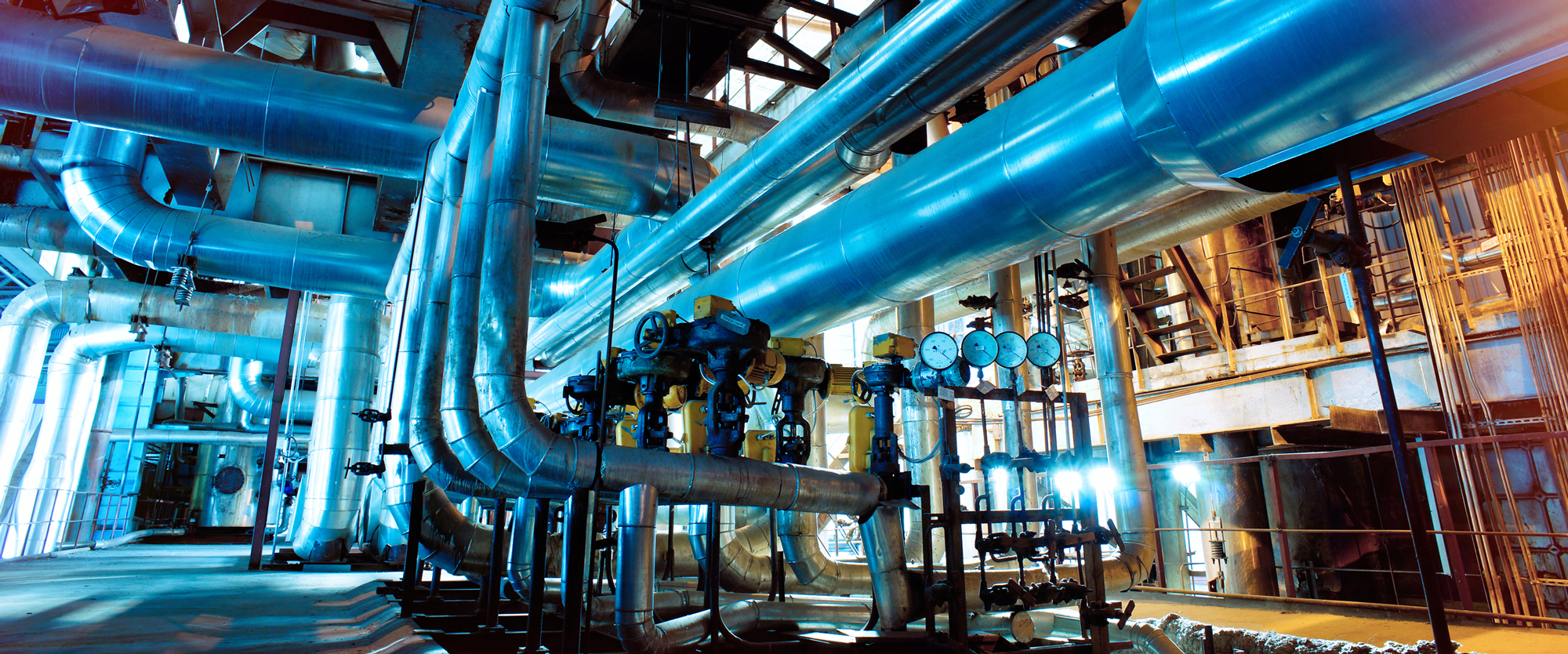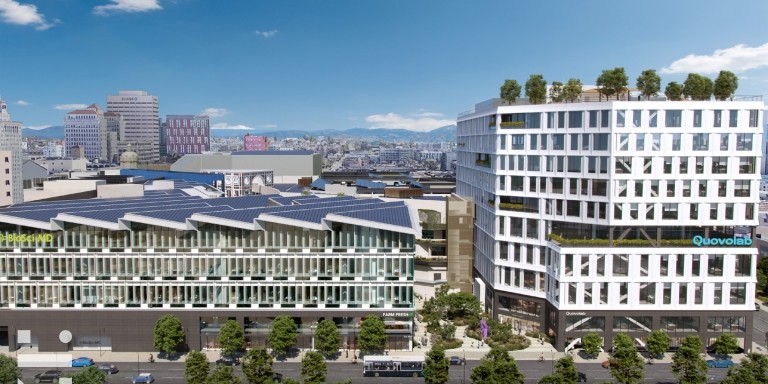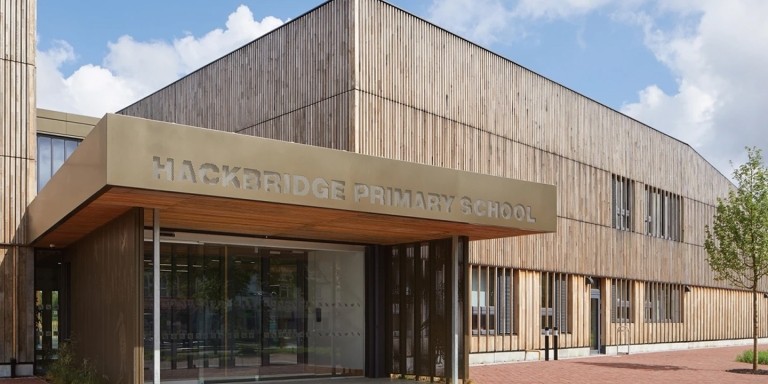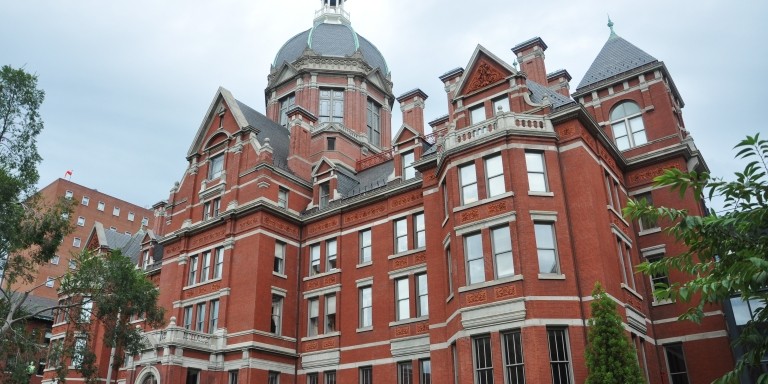2021 Funding for AES Indiana and Evergy Missouri Energy Improvement Projects

Ross & Baruzzini is an approved RCx study provider for AES Indiana and Evergy Missouri. This qualification allows us to perform a retro-commissioning study to help you achieve greater energy savings with associated utility incentives for your project.
Retro-commissioning (RCx), or existing building commissioning, is a systematic process developed to evaluate, record, and improve a building’s operations. Our team can assist with:
-
Creating prescriptive and custom measure applications
-
Providing required energy calculations
-
Compiling and submitting the required accompanying documentation on your organization’s behalf.
Our team has an extensive background with utility incentive programs. We will work with you and the utility reviewer to ensure that all possible incentive dollars are obtained.
After collecting introductory information regarding your building, such as mechanical and electrical systems information, utility costs, and future projects, we can help guide you towards a more energy-efficient facility:
AES Indiana
Customers who purchase electricity from AES Indiana – formerly Indianapolis Power and Light – may be eligible to receive financial incentives for investing in energy efficiency. Customers can fill out any of three different types of applications to receive the financial incentives from the utility - along with proof of purchase, installation, and in some cases energy calculations – to receive financial incentives for certain energy efficiency measures. Any customer can receive an incentive for up to $100,000 per project and up to $500,000 per customer per year.
Prescriptive Option
This application is the most simple and straightforward option when it comes to receiving incentive dollars from AES. There are three categories of prescriptive incentives – lighting, HVAC, and kitchen. Lighting incentive may include any retrofits where older lighting technology (incandescent, fluorescent, halogen, etc.) may be replaced with high efficiency equivalents, such as LEDs. This category also includes exit sign replacements, lighting controls, and de-lamping of overlit areas.
Lighting measures are typically a one for one replacement of lamps and fixtures, except in the case of lighting controls. The HVAC category mostly includes items related to heating, ventilation, and air conditioning – electric and some gas equipment are eligible.
Additionally, this category includes motors (pumps and fans), variable frequency drives, demand-controlled ventilation, smart or programmable thermostats, and air compressors.
Finally, the kitchen category encompasses a wide variety of measures. Most kitchen equipment replacements are eligible for incentives, but also included in this category are clothes washers, dryers, water heaters, vending machines, kitchen ventilation, and electronically commutated motors (ECMs).
While prescriptive incentives are the most straightforward, they generally do not pay as well as the custom or RCx incentive options can. To get the largest incentives, customers will have to “think outside the prescriptive box”, and implement measures not included in the prescriptive options.
Custom Option
This option includes all measures not listed in prescriptive or measures where the retrofit is not simply a one for one replacement. To receive incentives under this application category, the customer must also submit energy savings calculations along with the application, to prove that savings will be achieved.
If the implemented EEMs (Energy Efficiency Measures) span multiple different technology categories, one application per technology must be submitted. Custom incentives are paid out at a rate of $0.07 to $0.10 per kWh and will not be paid over 50% of the total material and labor cost for the project.
RCx Option
This final option incentivizes customers who hire an approved retro-commissioning provider (RCx) to find savings opportunities. Approved RCx providers perform an RCx study on a facility – this type of study is geared toward improving facility operations and saving energy. These comprehensive studies look at all building systems – from building envelopes to HVAC – to find the greatest energy saving opportunities.
In addition to the incentives received from any prescriptive or custom measure, an additional $0.04 per kWh of calculated savings will be awarded to the customer for any measures uncovered during the RCx study. This incentive maxes out at 75% of the total cost of the study.
To recap, AES customers have several opportunities to get paid for energy efficiency upgrades.
The simplest option is the prescriptive method, though simple, does not generally result in high incentive amounts. The custom incentives offer a better payout, but also require energy savings calculations to be submitted. RCx studies can be performed to uncover prescriptive and custom incentive opportunities, and these RCx studies are also incentivized by the program.
Additionally, for the remainder of the year, AES is offering bonus incentives for applications turned in before a specific deadline:
-
For an additional 30% incentive, customers can turn in their applications on or before September 30, 2021.
-
For an additional 25% incentive, customers can turn in their applications on or before December 31, 2021.
Evergy Missouri
Customers who purchase electricity from Evergy in Missouri may be eligible to receive financial incentives for investing in energy efficiency:
Prescriptive Option
This application is the most simple and straightforward option to receive incentive dollars from Evergy. For prescriptive measures where the incentive amount is less than $10,000, customers only need to submit an application within 90 days after the equipment has been purchased and installed. For any measures reaching an incentive greater than $10,000, pre-approval is required.
While prescriptive incentives are the most straightforward, they generally do not pay as well as the custom or RCx incentive options. To receive the largest incentives, customers will have to “think outside the prescriptive box” and implement measures not included in the prescriptive options.
Custom Option
This option includes all measures not listed in prescriptive, or those measures where the retrofit is not simply a one for one replacement. To receive incentives under this application category, the customer must also submit energy savings calculations along with the application, to prove that savings will be achieved.
Custom incentives are paid depending on which technology the savings are coming from.
On the high end, any cooling EEMs (Energy Efficiency Measures) implemented will achieve a rebate at a rate of $0.23/kWh saved. On the low end, HVAC without peak demand reduction, electric heating, and exterior lighting will be incentivized at a rate of $0.04/kWh saved.
RCx Option
This option incentivizes customers who hire an approved retro-commissioning provider (RCx) to find opportunities for savings. Approved RCx providers perform an RCx study on a facility – this type of study is one that is geared toward improving facility operations and saving energy. These studies are comprehensive and look at all building systems – from building envelope to HVAC – to find the greatest energy saving opportunities.
In addition to the incentives received from any prescriptive or custom measure, additional incentives will be awarded to the customer for any measures that were uncovered during the RCx study. This incentive maxes out at 100% of the total cost of the study.
To be eligible for the RCx incentive, facilities must be over 100,000 square feet (individual building or campus) and there must be an operational energy management system (EMS) installed. Additionally, any measures implemented that were discovered during the RCx study will be incentivized at rates similar to those custom incentives, albeit at a slightly lower rate.
New Construction
The new construction incentive option is intended to promote efficiency and sustainability.
New construction includes the following:
-
There is not an existing building footprint in place,
-
gut rehab of an existing building where all mechanical and electrical systems will be replaced,
-
a “warm shell” construction project where the core elements of the building are included in the project, while future tenants can furnish or expand on the existing building.
Prescriptive and custom incentive options are both available to new construction, but for custom options, the baseline will be decided upon by the building owner and Evergy.
Another option for new construction is whole building performance. Incentives will be awarded based on the savings shown from a whole building energy model. For buildings showing between 10% and 25% savings, incentives will be calculated at $0.03 per kWh saved over baseline – and this amount increases to $0.04 per kWh if savings are over 25%. This incentive maxes out at $50,000 per site.
To recap, Evergy Missouri customers have several opportunities to get paid for energy efficiency upgrades.
The simplest option is the prescriptive method. While prescriptive incentives are the most straightforward, they generally do not pay as well as the custom or RCx incentive options can. To get the largest incentives, customers will have to “think outside the prescriptive box”, so to speak, and implement measures that are not included in the prescriptive options.
RCx studies can be performed to uncover prescriptive and custom incentive opportunities, and these RCx studies are also incentivized by the program. New construction incentives are available for brand new buildings or gut rehabs, and building owners have the option to submit an energy model to obtain an incentive for overall building energy savings over the baseline.
Get to Know Your Experts
Jonathon Bell is an experienced Energy Engineer at Introba (formerly Ross & Baruzzini) with a demonstrated history of working in the energy services industry. He is a Certified Energy Manager (CEM), Certified Energy Auditor (CEA), and a LEED Green Associate. He earned his Bachelor's degree focused in Energy Engineering from Indiana University-Purdue University at Indianapolis.
Annie Smith is a Director of Energy Services and Mechanical Engineer at Introba (formerly Ross & Baruzzini) with experience in energy audits and mechanical design. Her project experience includes commercial office buildings, research laboratories, residence halls, athletic and recreation facilities, and healthcare facilities. Annie has expertise in the ASHRAE Procedures for Commercial Energy Audits, lifecycle cost and payback analyses, and Revit and BIM technologies. She is involved in the local St. Louis chapters of ASHRAE, USGBC, and AEE.
Related News
-
Mar 29, 2024
An Urban Renewal Blueprint: Transforming Horton Plaza
Insights & Perspectives -
Mar 29, 2024
Hackbridge Primary School: Lessons Learned from Post-Occupancy Evaluation
Insights & Perspectives -
Mar 19, 2024
Johns Hopkins University Decarbonization Roadmap Sets Standards for Education Campuses to Follow
Insights & Perspectives


